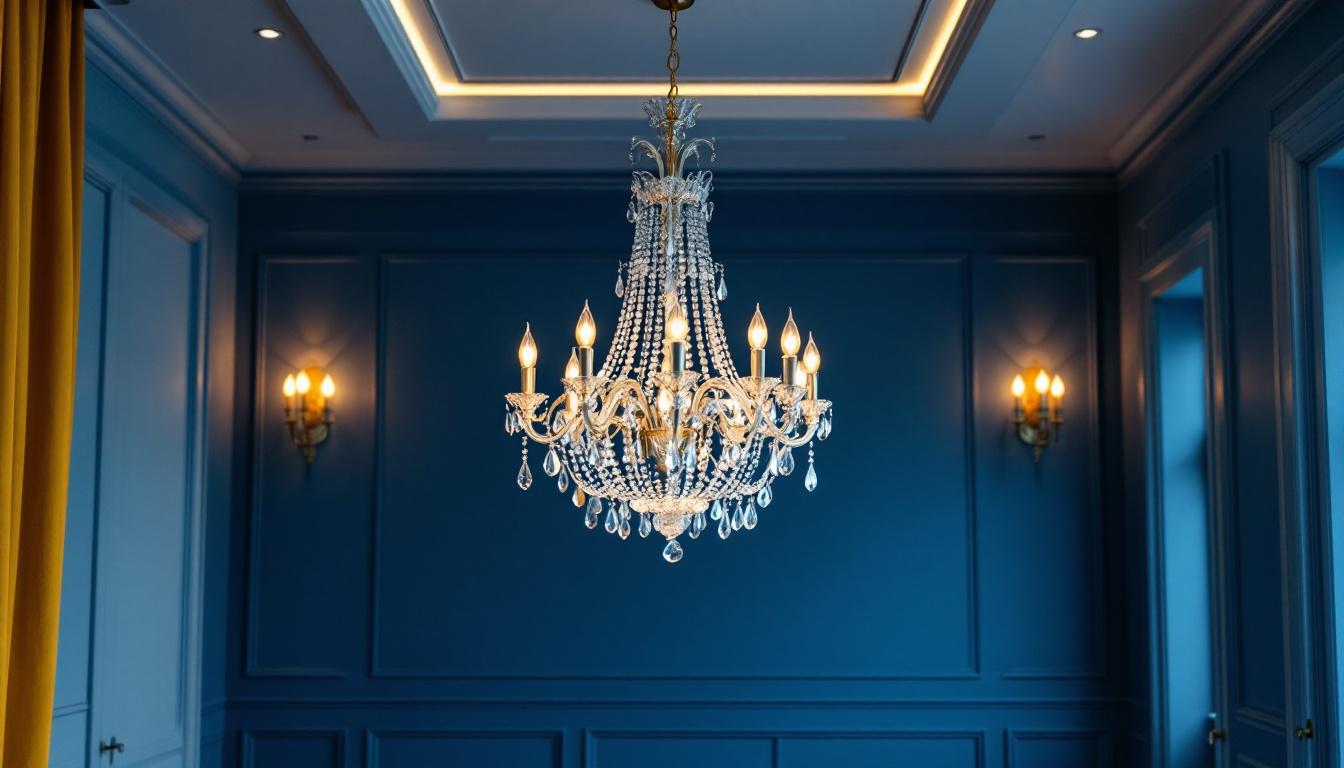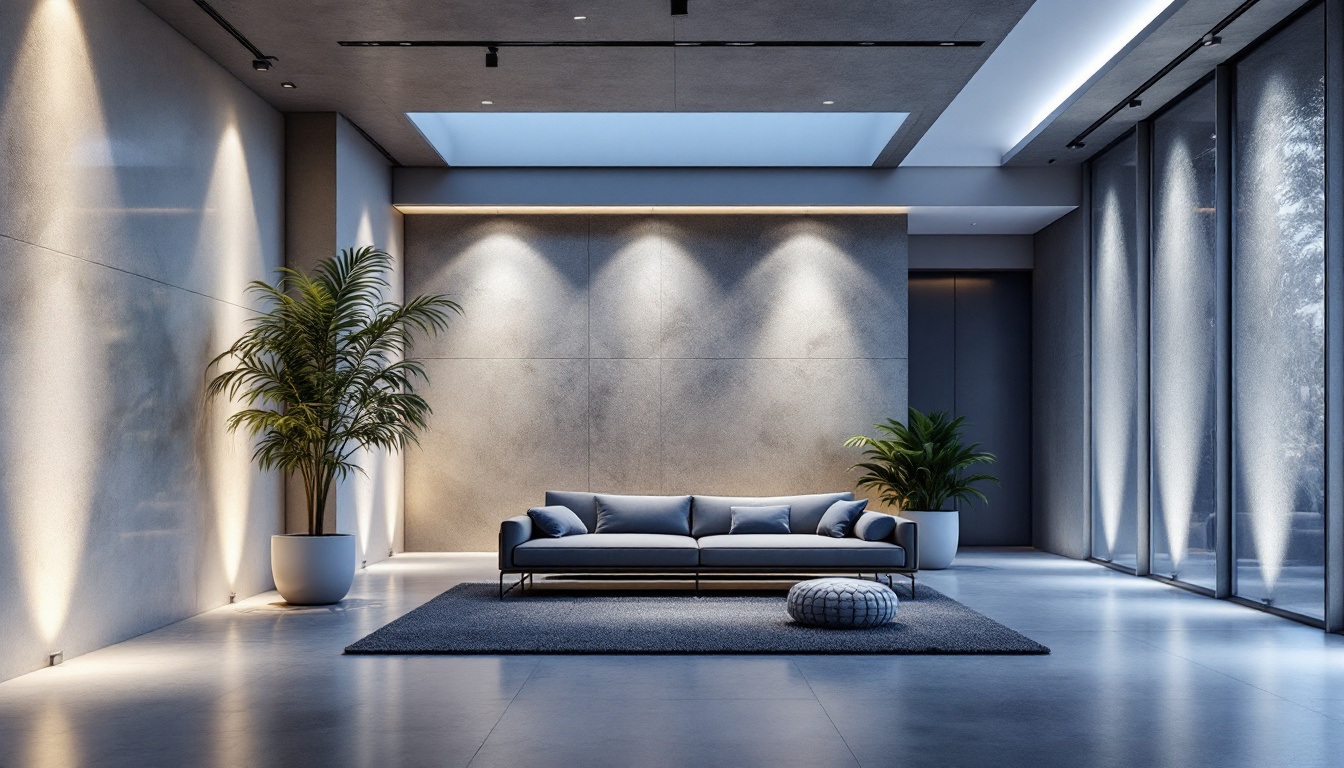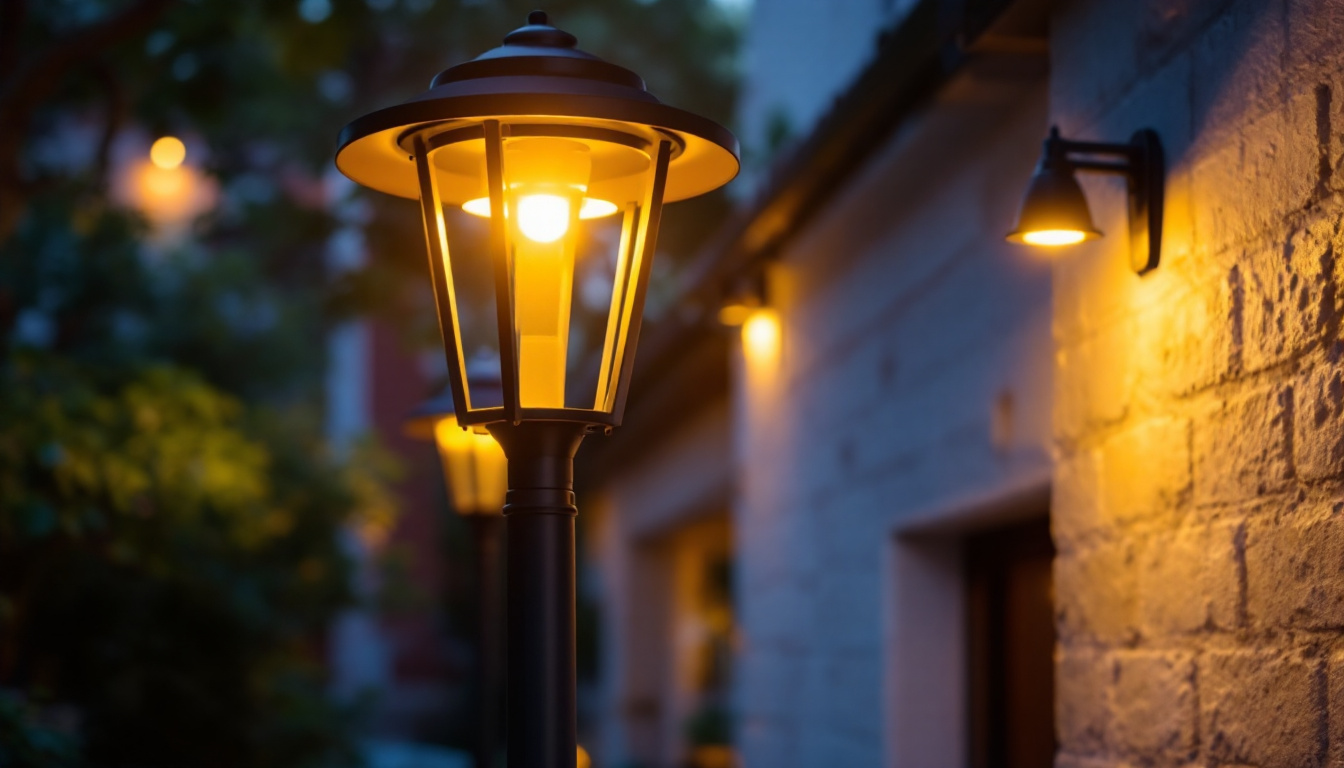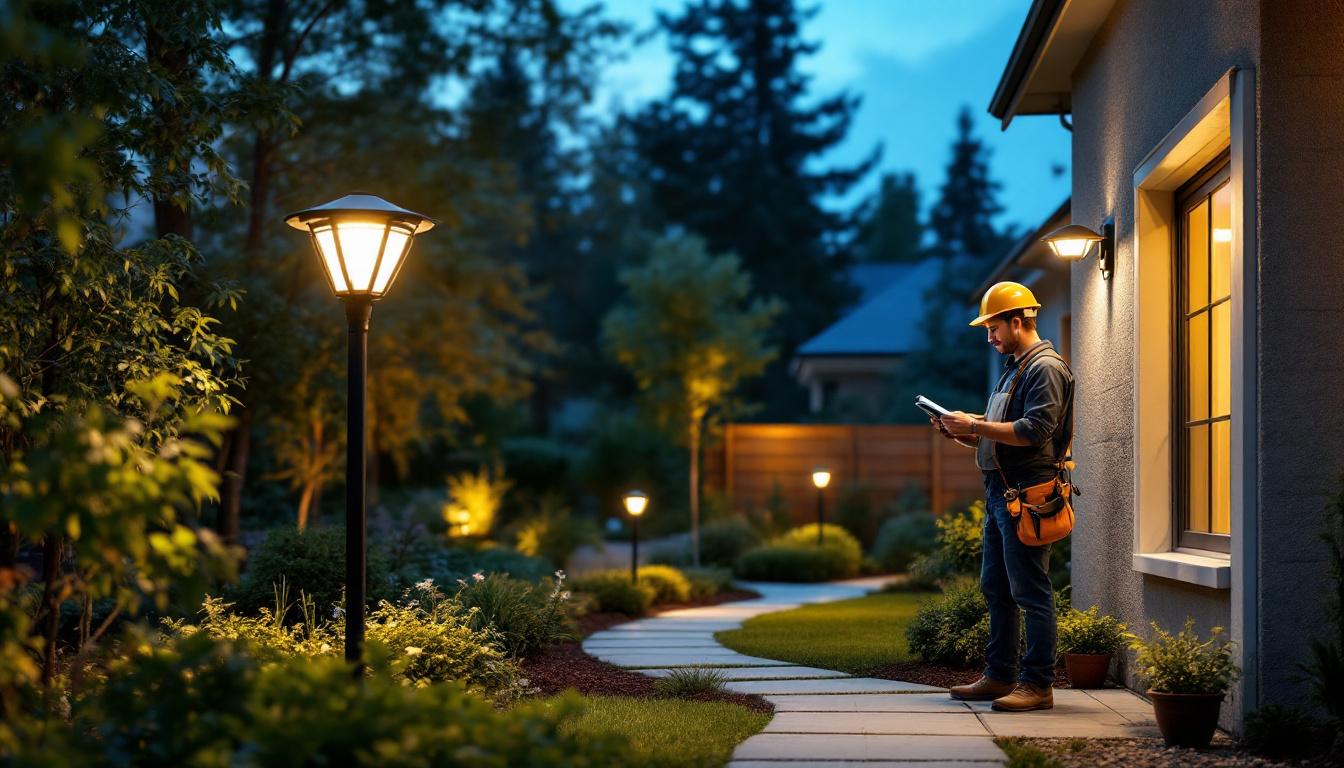
As the world of interior design evolves, the importance of effective lighting solutions remains constant. Chandeliers and wall sconces are two essential elements that not only illuminate spaces but also enhance the aesthetic appeal of a room. For lighting contractors, understanding these fixtures is crucial to delivering exceptional service and meeting client expectations. This article aims to simplify the complexities surrounding chandeliers and wall sconces, providing insights and tips that can aid lighting professionals in their projects.
A chandelier is a decorative lighting fixture that is suspended from the ceiling, typically featuring multiple arms or branches that hold light bulbs or candles. These fixtures come in various styles, sizes, and materials, making them versatile enough to fit any design theme, from traditional to modern. The primary purpose of a chandelier is to provide ambient lighting while serving as a statement piece in a room.
When selecting a chandelier, contractors must consider several factors, including the size of the space, the height of the ceiling, and the overall design aesthetic. A well-chosen chandelier can draw attention and create a focal point, enhancing the overall ambiance of the area. Additionally, the choice of light bulbs—whether incandescent, LED, or halogen—can significantly affect the quality of light produced, influencing the mood and functionality of the space.
Chandeliers can be categorized into several types based on their design and functionality. Some common types include:
Understanding the various types of chandeliers available allows contractors to recommend the right fixture for their clients’ needs, ensuring satisfaction and enhancing the overall design of the space. Furthermore, there are also unique styles like the bohemian chandelier, which often incorporates colorful beads and eclectic designs, appealing to those who wish to express their individuality through their home decor. Similarly, the industrial chandelier, characterized by exposed bulbs and raw materials, can add a touch of urban sophistication to modern lofts or converted warehouses.
Proper installation of a chandelier is critical to its functionality and safety. Lighting contractors should pay close attention to the following aspects during installation:
By adhering to these installation considerations, contractors can ensure that their chandelier installations are both safe and aesthetically pleasing. Additionally, it’s important to consider the chandelier’s maintenance requirements; for instance, crystal chandeliers may need regular cleaning to maintain their sparkle, while modern fixtures may require less upkeep. Contractors should also advise clients on the best practices for changing bulbs and managing the fixture’s electrical components to prolong its lifespan and maintain its beauty.
Wall sconces are light fixtures that are mounted directly to a wall, providing both functional and decorative lighting. They can serve a variety of purposes, from accent lighting to task lighting, and are available in numerous styles and designs. Wall sconces are particularly useful in areas where floor space is limited, making them a popular choice in hallways, bathrooms, and living areas.
These fixtures can be used to highlight artwork, provide ambient light, or serve as reading lights beside a bed or chair. The versatility of wall sconces makes them an essential element in any lighting contractor’s toolkit.
Just like chandeliers, wall sconces come in various styles and designs. Some popular types include:
By understanding the different types of wall sconces available, contractors can better assist clients in selecting the right fixtures to meet their lighting needs.
Installing wall sconces requires careful planning and execution. Here are some essential tips for lighting contractors:
By following these installation tips, contractors can ensure that wall sconces are both functional and visually appealing, enhancing the overall design of the space.
When designing a lighting scheme, combining chandeliers and wall sconces can create a harmonious and well-lit environment. The key is to ensure that both types of fixtures complement each other in terms of style, size, and functionality.
For example, a grand chandelier in a dining room can be paired with elegant wall sconces that echo its design, creating a cohesive look. Alternatively, a modern chandelier can be matched with sleek, minimalist sconces to maintain a contemporary aesthetic throughout the space.
Layered lighting is a crucial concept in interior design, and combining chandeliers and wall sconces is an effective way to achieve this. By utilizing multiple light sources, contractors can create depth and dimension in a room, enhancing both functionality and ambiance.
For instance, a chandelier can provide ambient lighting, while wall sconces can offer task lighting or accent lighting to highlight specific features within the space. This combination allows for greater flexibility in how a room is illuminated, catering to different activities and moods.
When integrating chandeliers and wall sconces into a lighting design, contractors should also consider practical aspects such as:
By addressing these practical considerations, contractors can create a lighting design that is not only visually appealing but also functional and easy to maintain.
The world of lighting design is constantly evolving, with new trends emerging regularly. Some current trends in chandeliers and wall sconces include:
Staying informed about these trends can help contractors provide clients with up-to-date options that reflect current design preferences and technological advancements.
Understanding client preferences is essential for lighting contractors. Many clients are looking for fixtures that not only provide adequate lighting but also enhance the overall aesthetic of their homes. This may involve discussing their design style, color preferences, and specific lighting needs.
By actively engaging with clients and understanding their preferences, contractors can recommend chandeliers and wall sconces that align with their vision, ultimately leading to greater satisfaction and successful projects.
The future of chandeliers and wall sconces is bright, with continued innovation and design evolution on the horizon. As technology advances, lighting fixtures will likely become even more versatile, incorporating features such as customizable colors and automated settings.
For lighting contractors, staying abreast of these developments will be crucial in providing clients with the best possible solutions. Embracing new technologies and design trends will not only enhance the contractor’s skill set but also improve client satisfaction and project outcomes.
Chandeliers and wall sconces are integral components of effective lighting design, offering both functionality and aesthetic appeal. For lighting contractors, understanding the various types of fixtures, installation considerations, and design trends is essential to delivering exceptional service. By simplifying the complexities surrounding these lighting solutions, contractors can better serve their clients and create beautifully illuminated spaces that meet their needs.
As the lighting industry continues to evolve, staying informed and adaptable will be key to success. Embracing new technologies, understanding client preferences, and keeping up with design trends will empower lighting contractors to excel in their field, ensuring that they remain at the forefront of the industry.
Ready to elevate your lighting projects with the finest chandeliers and wall sconces? At LumenWholesale, we provide lighting contractors with exceptional, spec-grade lighting products at prices that can’t be beaten. Our commitment to quality and affordability ensures you have access to a vast selection of lighting solutions that meet rigorous industry standards. Say goodbye to middleman markups and hello to free shipping on bulk orders, making your purchases even more cost-effective. Don’t compromise on quality or value; choose LumenWholesale for your lighting needs and experience the ultimate in convenience and reliability. Discover our unbeatable wholesale lighting deals at the best value by visiting LumenWholesale today.

Explore the science of modern flush mount lighting and discover how it transforms spaces.

Discover essential best practices for lighting contractors in “Long Light: Best Practices, Lighting Contractors’ Edition.” This guide illuminates key strategies for optimizing lighting projects, enhancing energy efficiency, and ensuring client satisfaction.

Discover how outdoor LED lamp posts can illuminate new opportunities for lighting contractors.

Discover how mounted solar lights are revolutionizing the lighting industry, offering contractors an eco-friendly, cost-effective solution that enhances outdoor spaces while boosting business success..